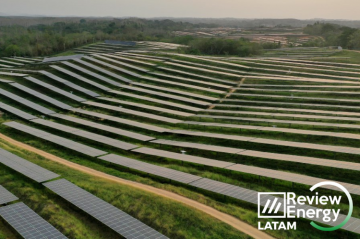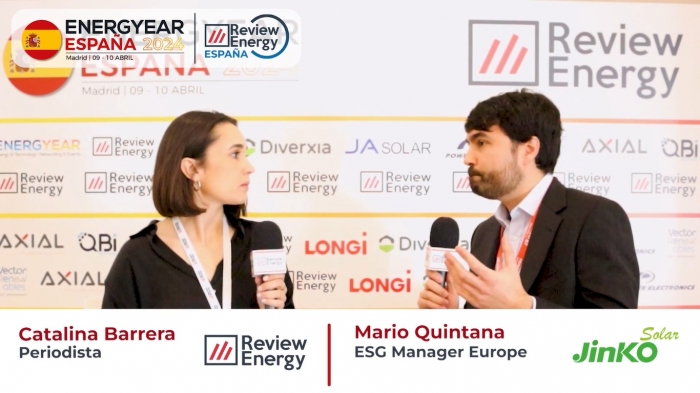
Decentralization of SAF production will delay the development of economies of scale in Europe: IATA
Aviation is undoubtedly one of the most difficult sectors to decarbonize and is responsible for around 2.5% of global CO2 emissions. Together with the maritime sector, it does not see a clear north in solutions such as electrification. However, zero-emission targets have been put in the hands of other alternatives for the masters of the sky.
In October 2022, the UN's International Civil Aviation Organisation (ICAO) led two weeks of negotiations involving 184 countries to agree on CO2 emission reduction measures. The historic agreement included, among several measures, increasing innovative aircraft technologies, "streamlining" flight operations and increasing the production and use of sustainable aviation fuels (SAF).
Officials at the International Air Transport Association (IATA) spoke to Review Energy about the challenges posed by these new targets in the industry's decarbonization roadmap.
For IATA one thing is clear, "SAF will represent the largest part of the solution identified to reach net zero. At this time, it is the only reliable way to decarbonize the industry without disrupting the air connectivity that drives the global economy".
As explained by official sources consulted by Review Energy, there was at least three times as much PBS on the market in 2022 as in 2021, and airlines have reused every drop produced and sold, even at very high prices.
" If more was available, it would have been purchased. Governments, who now share the same 2050 net zero goal thanks to the adoption of the LTAG back in October 2022, need to put in place comprehensive production incentives for SAF. It is what they did to successfully transition economies to renewable sources of electricity. And it is what aviation needs to decarbonize," they said.
IATA also acknowledged that until options for alternative energy sources such as hydrogen have been commercialized, all aviation's UFP supply will be derived from biofuel refineries. " The challenge for aviation is to secure its supply of SAF from this capacity. And to do that successfully governments need to put in place SAF production incentives similar to what is already in place for biogas and biodiesel", they added.
Is the industry ready?
The industry has devised a path to net zero based on the technical knowledge of 2022 and work is ongoing to flesh this out, IATA experts argue. For them, the energy, infrastructure, funding, developing technologies and policies required all need to be integrated into the roadmap and all aviation stakeholders are involved to ensure collaboration and promote this systemic approach.
“Every possibility for carbon reduction must be explored, and no progress is too little when it comes to reducing our footprint. Sustainability initiatives will be a work in progress for decades yet and how they will all play out is unknown. For instance, electric batteries will probably not power larger commercial aircraft over longer distances before 2050. But they could play their part in powering small aircraft on short-haul flights”, they said.
Right policies
It is clear that solutions will not come, at least not in the short term. But the steps do seem to be taking the right course for a decarbonized air transport. IATA said to Review Energy that “further investment in production needs support from the right policies. This would boost supply and drive down costs. Electricity production through solar or wind power faced similar hurdles as these technologies replaced fossil fuels. With effective policy incentives, both are now affordable and widely available”.
As IATA experts explained, by applying similar incentive-based policies to SAF, governments can support global SAF production to reach 30 billion liters by the end of the decade. This would be a tipping point as it would send a clear signal to the market that SAF is playing its intended long-term role in aviation’s decarbonization and encourage investments to drive up production and drive down the price.
The market for SAF needs stimulation on the production side, they said. The United States is setting an example for others to follow. Its SAF production is expected to reach 11 billion liters in 2030 on the back of heavy government incentives.
But for IATA, Europe, on the other hand, is the example not to follow. “Under its Fit for 55 initiative, the EU is planning to mandate that airlines uplift 5% SAF at every European airport by 2030. Decentralizing production will delay the development of economies of scale. And forcing the land transport of SAF will reduce the environmental benefit of using SAF”, they conclude.








Comentarios
Sé el primero en comentar...